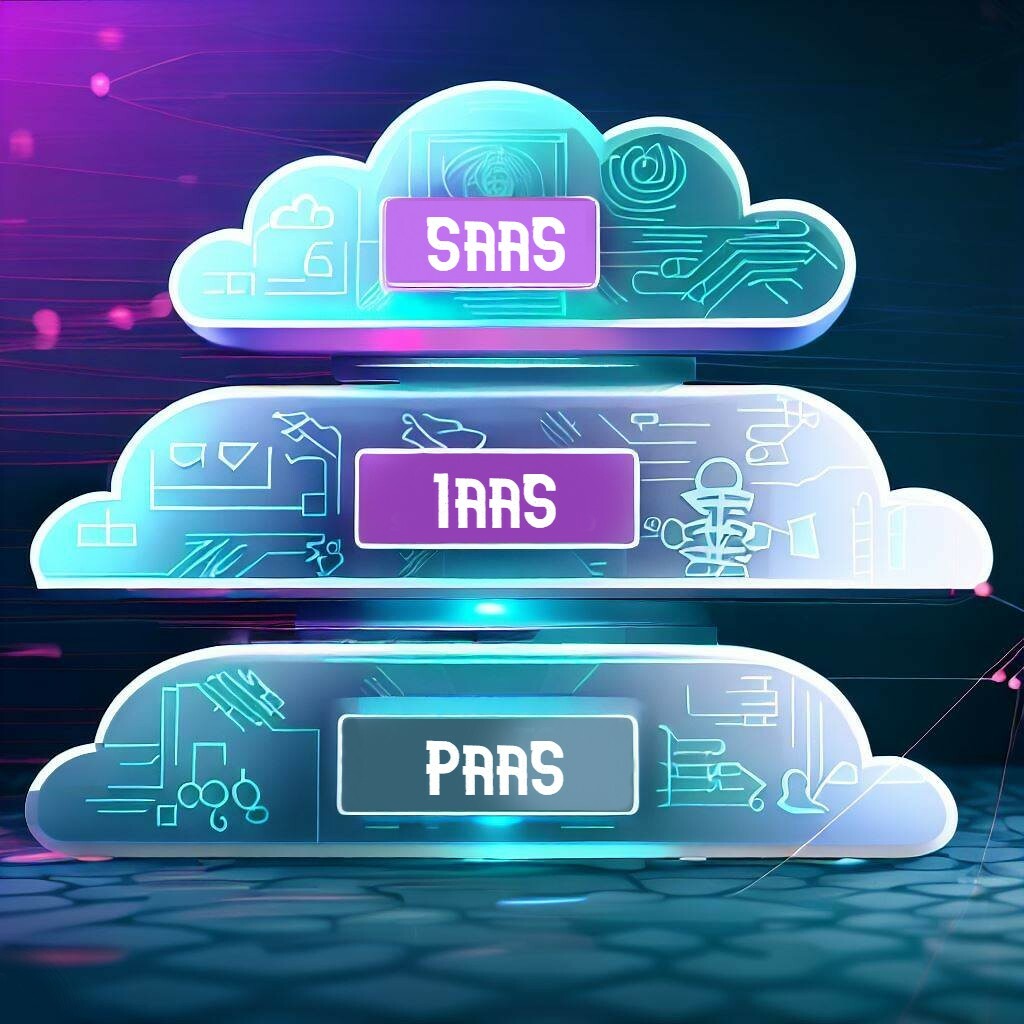In the ever-evolving realm of information technology, deciphering the differences between various cloud computing services can be challenging. Three core services — Software as a Service (SaaS), Platform as a Service (PaaS), and Infrastructure as a Service (IaaS)—have become integral to modern business operations. This guide elucidates their distinctions, applications, and benefits.
Cloud Computing: The Catalyst
Before diving deep into the specifics of SaaS, PaaS, and IaaS, it’s pivotal to understand the foundational pillar upon which these services rest - cloud computing. At its core, cloud computing is a paradigm shift from traditional methods of owning, operating, and managing physical infrastructure to leveraging virtualized resources via the internet, often colloquially referred to as “the cloud”.
SaaS
SaaS has emerged as a dominant force reshaping the way businesses and individuals access and use software applications. Of the three primary cloud computing categories— IaaS, PaaS, and SaaS — SaaS stands out as the most prevalent. SaaS refers to a cloud-based service where instead of downloading software on a PC or server, users access an application and its features over the internet. This model allows providers to host and maintain the software centrally, simplifying access and reducing the technical overhead for users. Traditional software implementations often come with high upfront costs, including licenses, installations, and hardware. SaaS, on the other hand, usually operates on a subscription-based model. This not only reduces initial costs but also provides predictable expenses, often scalable based on user numbers or features accessed.
Characteristics:
- Web-based access ensures instant availability from anywhere.
- Managed security & updates free users from maintenance concerns.
- Subscription-based models provide cost-effective solutions.
Advantages:
- Lower upfront costs.Scalable as per user demand.
- Enhanced collaboration due to centralized hosting.
- Automatic updates and patch management.
Example: An online collaboration tool where teams can communicate, share documents, and manage projects without specific software installations.

PaaS
There's a continual need for streamlined processes and tools that allow developers to focus on what they do best: write code. This is where Platform as a Service, or PaaS, comes into play. PaaS offers a holistic solution for developers, making it easier to craft, deploy, and manage applications. At its core, PaaS is designed to abstract the intricacies of infrastructure management. Developers no longer need to be bogged down with tasks such as setting up servers, configuring networks, or managing storage. Instead, the PaaS provider handles these, ensuring the platform's reliability and performance. PaaS platforms typically come with a suite of integrated tools designed to expedite the software development lifecycle. This may include tools for version control, continuous integration, and deployment automation. By having these tools at their fingertips, developers can enhance productivity and reduce time to market.
Characteristics:
- Provides essential tools like development frameworks, database management systems, and business analytics.
- Enables collaborative coding with integrated developer tools.
- Simplifies middleware management.
Advantages:
- Speeds up the development process.
- Reduces complexities of underlying infrastructure.
- Streamlines application lifecycle, from building to deployment.
Example: A unified environment where developers can code, test, and deploy applications without provisioning servers or managing databases.
IaaS
IaaS represents a foundational layer, providing users with the raw computing resources required to power their digital operations. Unlike SaaS or PaaS which abstract much of the underlying infrastructure, IaaS delivers a deeper, more granular control over the hardware and network components. IaaS refers to cloud-based services that offer virtualized computing resources over the internet. Essentially, it provides the building blocks, such as virtual machines, storage, and networking, that users need to run applications and manage workloads without physically owning or maintaining the infrastructure. With IaaS, organizations can avoid the capital expenditure of purchasing and maintaining physical servers and data centers. Instead, they can lease resources on a pay-as-you-use basis, which can be scaled up or down depending on demand, ensuring cost efficiency. IaaS platforms are inherently flexible. Whether a company is looking to temporarily upscale resources for a high-demand period or downscale during off-peak times, these adjustments can be made in real-time without the rigidity of physical infrastructure.
Characteristics:
- Delivers virtualized computing resources over the internet.
- Allows dynamic scaling as per demand.
- Facilitates network management and storage solutions.
Advantages:
- Offers a high degree of flexibility and control.
- Provides significant cost savings compared to physical infrastructure.
- Allows for rapid scaling based on operational demands.
Example: Instead of buying, setting up, and maintaining physical servers, businesses can rent computing resources based on requirements.
Drawing Comparisons
Target Audience:
- SaaS: End-users and businesses seeking software solutions.
- PaaS: Developers and teams building applications.
- IaaS: Businesses requiring custom infrastructure solutions.
Level of Management:
- SaaS: Almost entirely managed by the service provider.
- PaaS: The platform is managed, but applications are user's responsibility.
- IaaS: Users manage the applications, data, runtime, and middleware.
Conclusion
While the cloud service models—SaaS, PaaS, and IaaS—may have overlapping characteristics, each serves a distinct purpose. An in-depth understanding ensures that businesses can optimize their operations, harnessing the tailored advantages these models offer.If you wish to explore how these services can further augment your business processes, our seasoned experts at DevPals are eager to assist. Conact us for nuanced insights and actionable strategies.
